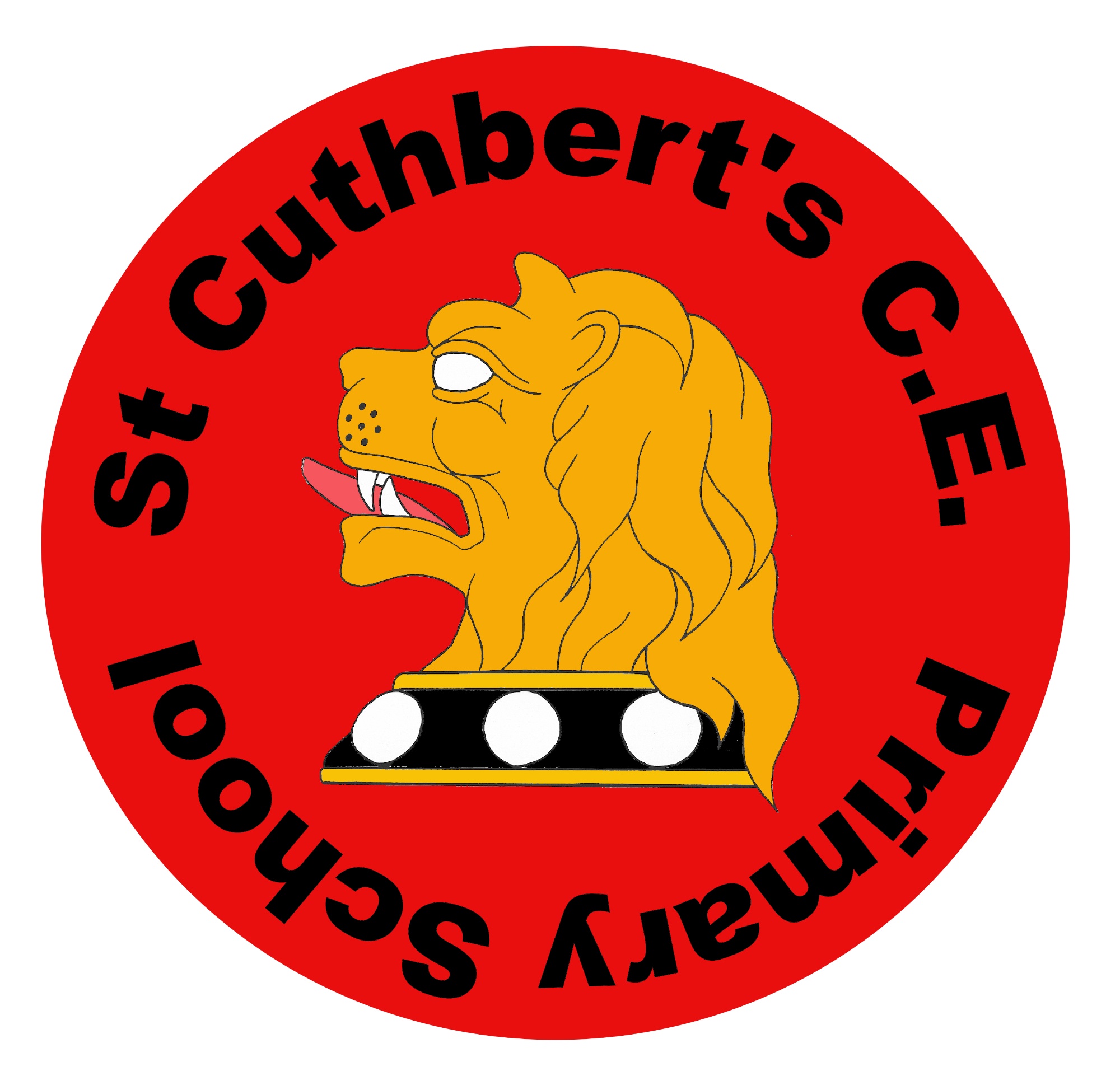Year 6
End of Year Expectations- Year 6
The table below provides an overview for parents and carers on the end of year expectations for children at our school.
Meeting these objectives will help your child to make good progress as they move through the school. All the objectives will be worked on throughout the year and will be the focus of direct teaching.
Any extra support you can provide in helping your children to achieve these is valued greatly.
Reading
- Read age-appropriate texts fluently for long periods of time (at least half an hour).
- Use knowledge of prefixes, suffixes and root words to understand new words.
- Recite and quote from favourite poems by heart.
- Read aloud with appropriate tone, intonation and volume to make the meaning clear.
- Draw inferences about characters’ feelings, thoughts and motives, and justify with evidence from the text.
- Distinguish between fact and opinion when reading non-fiction texts.
- Compare within and across a range of texts, including genre, theme and layout.
- Identify and comment on figurative language used for effect (e.g.: metaphor and personification).
- Read widely and talk at length about a wide range of books, including myths, legends, traditional stories, modern and classical fiction, as well as books from other cultures/traditions and longer narrative poems.
- Summarise and précis a longer text.
- Identify themes and conventions across a range of writing.
Writing
- Write at length across a range of text types (narrative, non-fiction, poetry), showing an understanding of audience and purpose.
- Make deliberate choices decisions about vocabulary, and sentence lengths, types and structures.
- Use dialogue to convey character & advance action.
- Use the full range of verb tenses, formal language and the passive voice appropriately.
- Use paragraphs to organise information and signal change in time, scene, action, mood or person.
- Use expanded noun phrases to convey complicated information concisely (e.g. The fact that it was raining meant the end of sports day).
- Use a range of punctuation with increasing accuracy (including: commas, brackets, dashes, colons, semi-colons, hyphens and bullet points).
- Write with increasing legibility, consistency and fluency, including joining letters using diagonal and horizontal strokes.
Mathematics
- Compare and order numbers up to 10,000,000.
- Use negative numbers in context and calculate intervals across zero(e.g.: the difference between -17 and 5 is 22).
- Recognise and use common factors, common multiples, prime numbers, square numbers and cube numbers.
- Round any whole number to a required degree of accuracy and decimals to the nearest whole number.
- Use knowledge of order of operations (BODMAS) to carry out calculations involving four operations and brackets.
- Add and subtract 7-digit numbers and numbers to 3 decimal places using the formal column method.
- Multiply any 4-digit number by a 2-digit number.
- Divide: any 4-digit number by a 2-digit number.
- Use common multiples to add and subtract fractions with different denominators and mixed numbers.
- Multiply simple pairs of proper fractions, writing the answer in the simplest form (e.g. 2/3 x 1/2 = 2/6 = 1/3).
- Divide simple proper fractions by whole numbers (e.g.:1/3 ÷ 2 = 1/6).
- Calculate percentages of quantities e.g. 75% of 360, and use percentages for comparison.
- Begin to use algebra to express simple missing number problems (e.g. 6n = 42) and express possibilities of combinations of two variables (e.g. n x m = 24).
